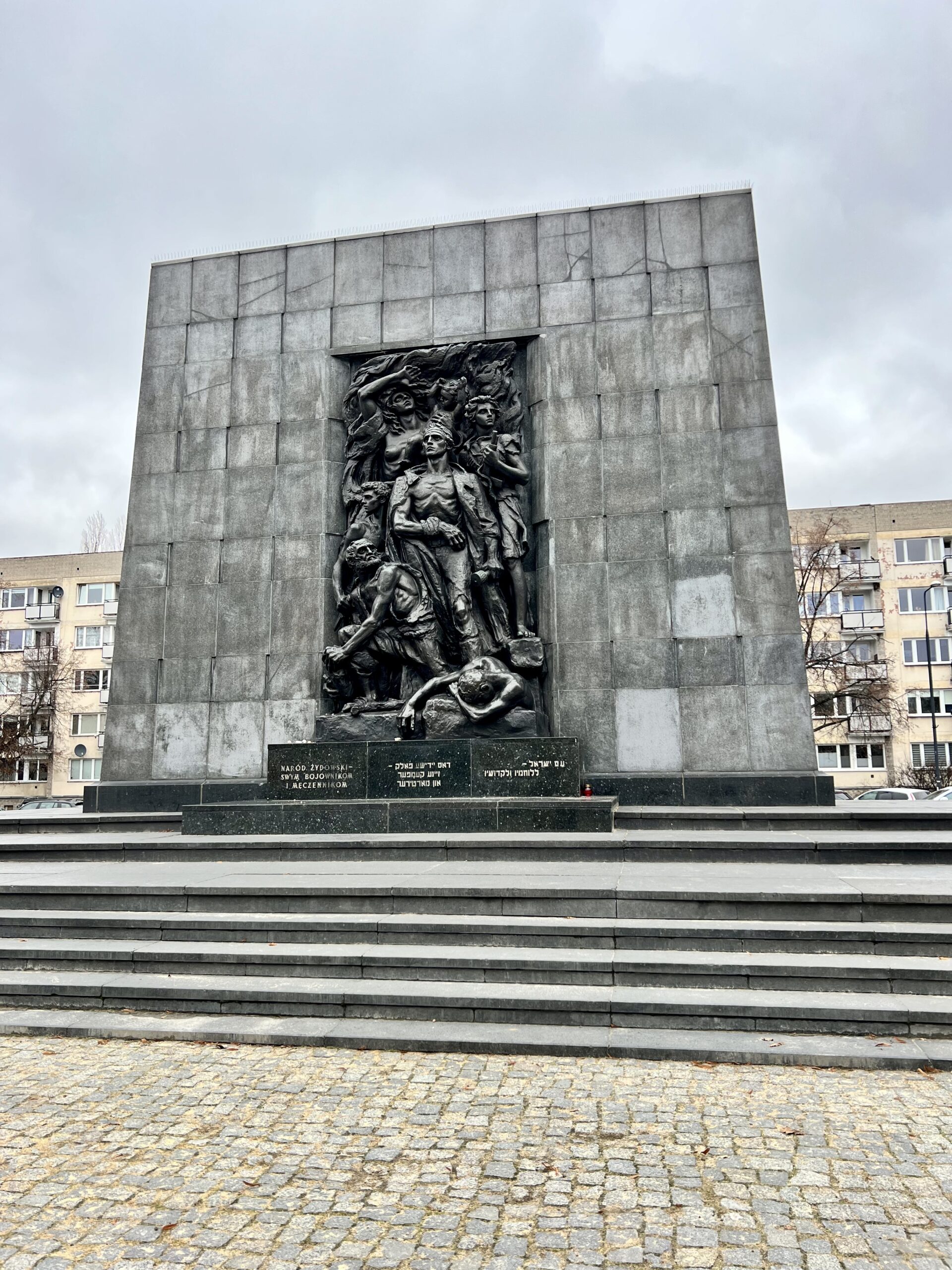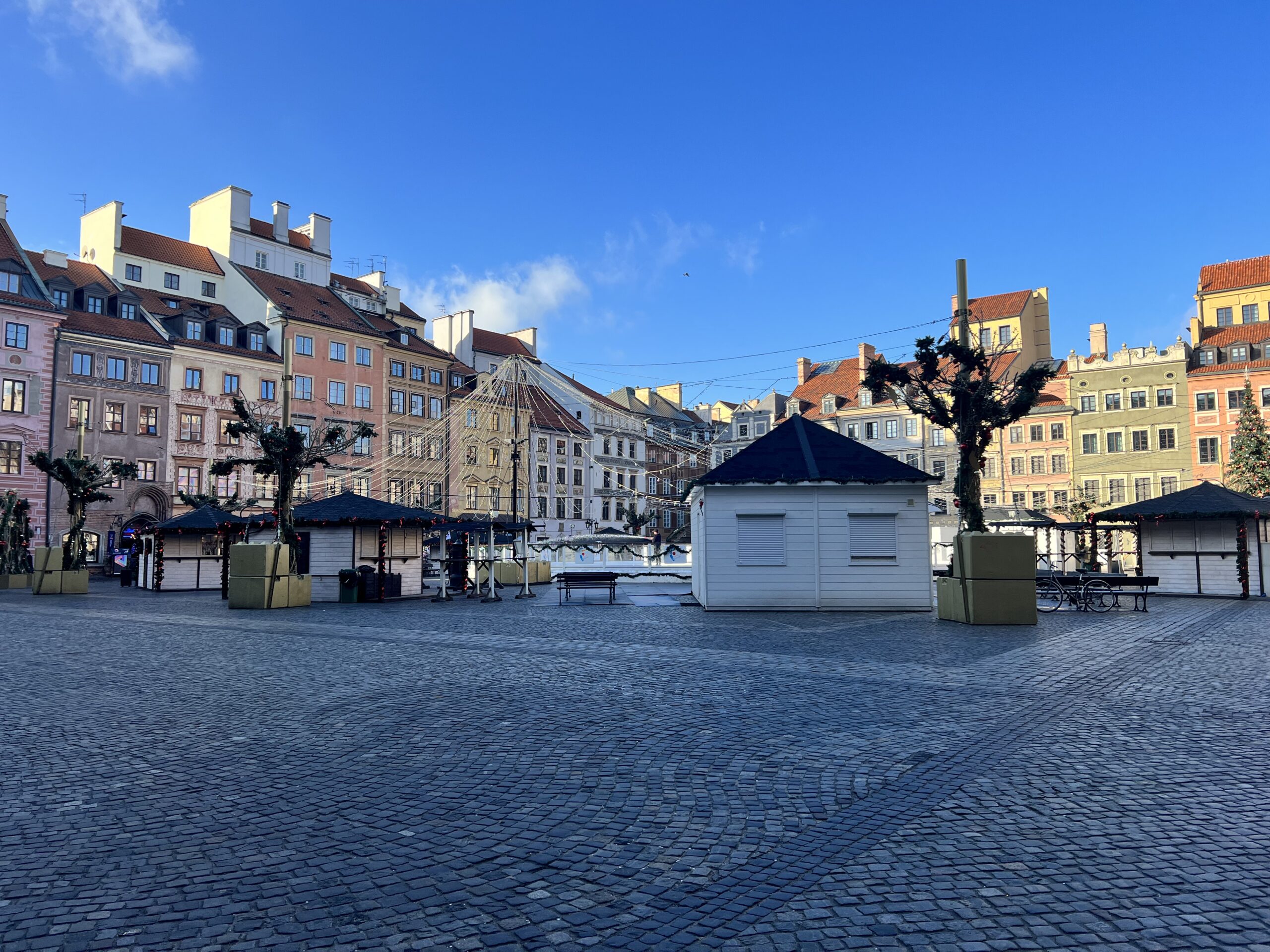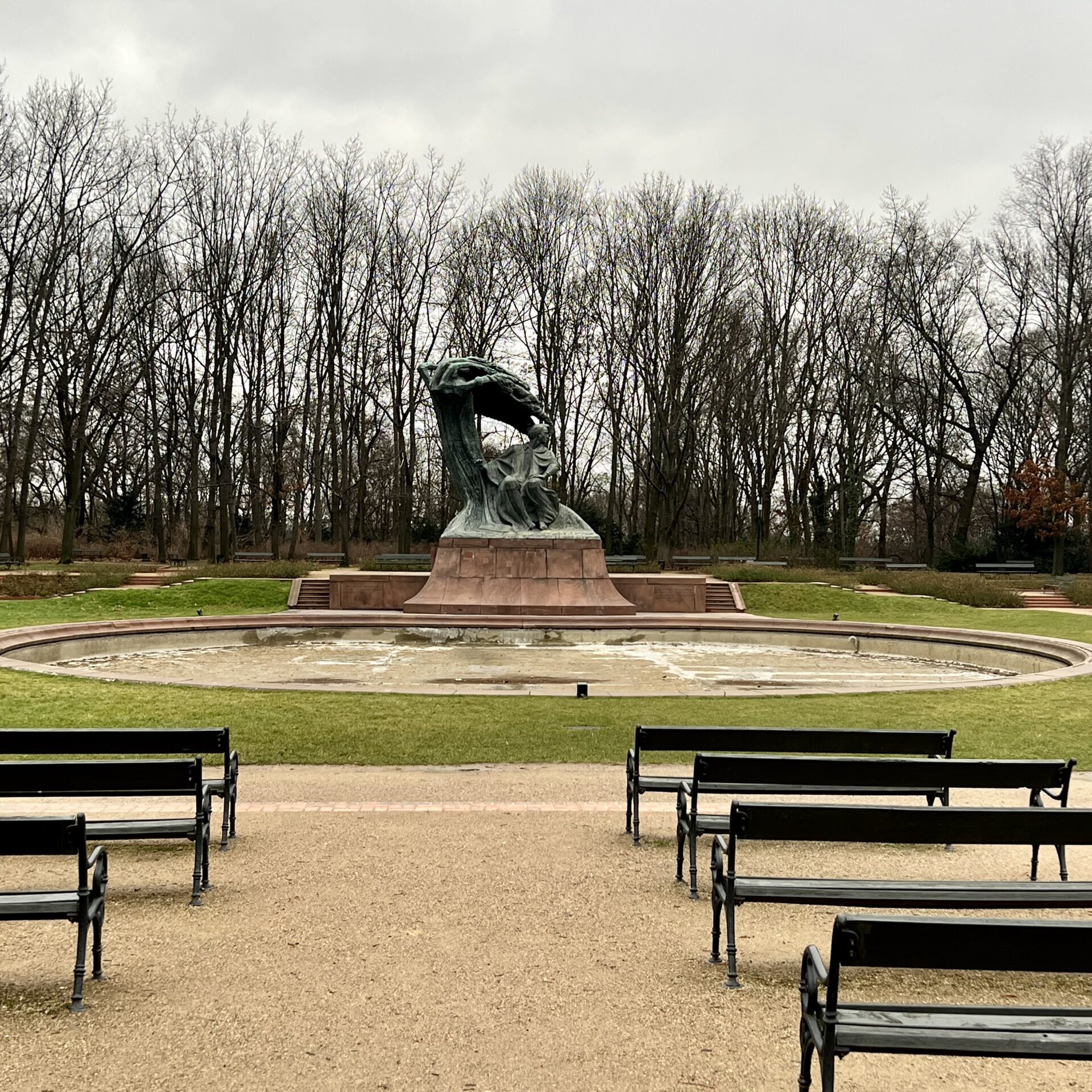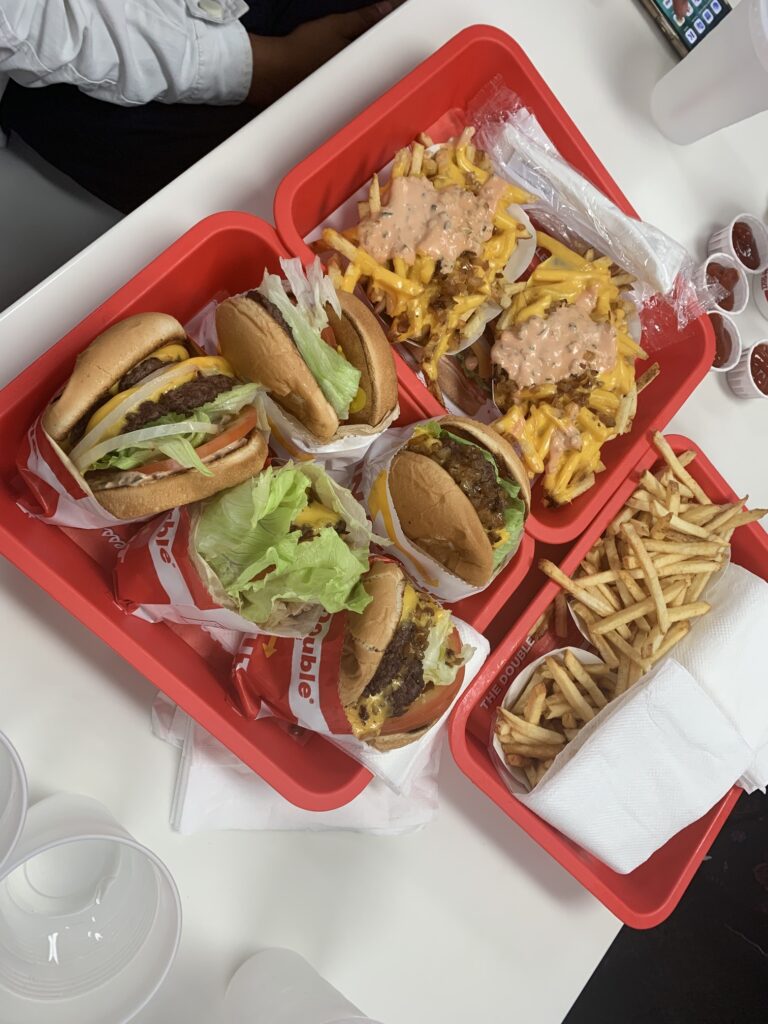Travel Guide to Warsaw, Poland
Ra's Guide to Warsaw
The capital of Poland, nicknamed the “Phoenix City.”

Discover the historical and dynamic city of Warsaw, the capital of Poland. Despite its tumultuous past, Warsaw has risen from the ashes to become a thriving metropolis. Dive into its fascinating museums, stroll along cobblestone streets blending old and new architecture, and immerse yourself in its vibrant culture. Read on for the ultimate travel guide to Warsaw!
Getting to Warsaw, Poland: Transportation Options and Travel Tips
As a major city and the capital of Poland, there are a variety of options available to reach the destination domestically and internationally. If you’re flying, the main airport is Chopin International Airport which is located 10 kilometers from the city center. Both domestic and international flights are arriving daily, including budget-friendly airlines. Public transportation connects directly to the airport making transportation to and from the airport very easy.
Within Warsaw are 3 train stations: Warsaw Centralna, Warszawa Zachodnia, and Warszawa Wschodnia. Domestic and international train tickets can be purchased at the station or online. However, I strongly recommend purchasing tickets online in advance if possible since they can sell out rather quickly.
A cheaper travel alternative is the bus, with a main station in the city center. While the bus tickets are cheaper, domestic and international travel tends to take longer. Similarly to train tickets, they can be purchased at stations or online, but sell out quickly. Be sure to purchase your bus tickets in advance to avoid disappointment.
For convenient travel planning, cost evaluation, and exploring various transportation options, Rome2rio is a valuable tool. It offers comprehensive information, suggests routes and stops, and enables customized and well-informed travel experiences. Discover more at Rome2rio.
Where to Stay in Warsaw, Poland?
Warsaw is composed of 18 different Warsaw districts, which can make choosing an accommodation a challenge. Each district offers its own unique combination of architecture, some only old architecture, some introducing the new modern skyscrapers, and others holding a combination of the two. If it’s your first time in Warsaw, I highly recommend staying in the Srodmiescie, which is located in the downtown area, central to the majority of tourist attractions. Outside of this district, there are usually more budget-friendly options, but you will have to take into account the cost of public transportation to commute between your explorations and your accommodation. The Old Town is usually the most expensive, attracting those who want to be immersed in the old architecture and quaint town.
Prices will fluctuate during the year, with the warmer months usually the most expensive. Warsaw truly has a variety of accommodations ranging from luxury hotels, to family-friendly Airbnbs, to budget hostels.
When I visited, I was traveling around to different cities in Poland and was alternating between different Airbnbs. Since I was traveling off-season, I was able to rent an apartment all by myself for $10-$25/day in the downtown area.

Getting Around Warsaw, Poland
Car
Although renting a car in Warsaw is possible, it is not the best cost or time efficient method of travel given that Warsaw has excellent public transportation and is very pedestrian friendly. Additionally, Warsaw is a large city that is prone to high traffic. That said, if you plan to travel around to different cities or Poland or into the countryside where public transportation may not be as convenient, renting a car may be more ideal. Be sure to check Poland’s driving laws and laws for foreigners, which are very strict, before choosing to rent and drive.
Bus/Tram
These methods may be a little slower than the metro, they’re able to travel to some locations that the metro does not stop in such as the Old Town. The majority of trams run 5am to 12am daily, whereas buses with the letter “E” run 5am to 11pm and the buses with “N” run 11pm to 5am daily. Tickets can be purchased at stations, kiosks, some vendors, or post offices. Remember that you will need to push the button to indicate that you wish to exit since they don’t always stop at every location.
Metro
The metro runs from 5am to 12am on weekdays and Sundays, and until 3am on Fridays and Saturdays. Tickets can be purchased at all stations, some vendors, or post offices for single fare or short term tickets depending on the zones you’re traveling in. Don’t forget to validate your ticket or else you may receive a fine.
Taxi
Taxis are widely available around the city, starting with a base rate of 8 zloty ($2.50). Uber and iTaxi are also available in Warsaw with rideshare options. However, taxis are also not the ideal method to travel around Warsaw since they’re more expensive and will get caught in traffic. If you do take a taxi, it is best to call ahead of time, as it is easier to reserve and you’re more likely to receive a cheaper price.
Bike/Electric Scooters
Veturilo bikes and Lime or Bolt scooters are available to rent at your leisure. To rent a bike, you will need to visit Veturilo’s website and register, paying the initial fee of 10 zloty. To rent the electric scooters, you need to have their apps downloaded and set up with a credit card before you scan the QR code and go.
Walking
One of the best and most common methods to explore Warsaw! If you’re staying downton, the majority of museums and main tourist attractions are within walking distance, making it easy to get around on foot and to save money. Warsaw is a very pedestrian city with people often walking late into the evening, so don’t be afraid to go by foot.
What to Do in Warsaw, Poland?
Historical Walking Tour
One of the first things I do whenever I travel is to go on a walking tour to help me orient myself with the city, to learn about the history and insider tips from a local, and to meet fellow solo travelers. While there are a variety of walking tours available in Warsaw, the most popular are the Old Town, the Jewish Ghetto, World War 2, and Communist History. Many companies offer tours, but I highly recommend using free walking tours that are tip-based. Just don’t forget to tip your guide at the end!
Old Town
It may be hard to believe, but the Old Town was almost completely whipped out in 1962. Thankfully, it was reconstructed to look as it was before, helping it earn UNESCO World Heritage Site status. Wander the cobblestoned path, admiring the architecture, while visiting Old Town Market Place, Castle Square, triangular plaza, Royal Castle, St. John’s Archcathedral, and more.
Royal Route
The majority of Warsaw’ historic landmarks happen to fall on a single route starting at the Castle Square. About 15 kilometers south, you will visit churches, parks, Royal Castle, Łazienki Palace, and academic institutions before arriving at Wilanów Palace.
POLIN Museum of the History of Polish Jews
The museum you can’t miss in Warsaw. After 7 years of construction, the museum was opened with 8 galleries paying tribute to the history of how Poland became Europe’s largest Jewish community and the events of World War II. Located at the northern part of the former ghetto, inside are a variety of artifacts, reconstructions, and interactive exhibits that will guide you through the galleries, preserving history. You will need 3-5 hours to completely visit the museum.

Warsaw Uprising Museum
This museum is a converted tramway power station in the Wola district. Inside is a variety of galleries and collections that include memories of participants and footage captured by the insurgents that was screened at the Warsaw Palladium during the uprising.
Palace of Culture and Science
The tallest building in Poland is composed of 42 floors with 4 theaters, a multi-screen cinema, 2 museums, the 3000 seat Congress Hall, government offices, private companies and academic institutions. This is the site for many international events that take place in Poland. Additionally, on the 30th floor is an observation deck for a panoramic view of Warsaw, which is open 10am to 8pm.
Attend a Pierogi Cooking Class
Learn how to make the traditional Polish dish of pierogi! A few locals host cooking classes during the week where they share their family recipes and teach you how to make the dish back home. The best part… you get to eat a variety of pierogies after! At the end of the class, some hosts will give vodka tasting of their family-made vodkas. Learn a new recipe and take a piece of Polish tradition home with you!
Chopin Concert
Frederic Chopin was born near Warsaw and is a musician Poland holds dear to its heart. Even if you’re not a fan of classical music, I highly recommend attending a concert to immerse yourself in the music of Polish’s culture. Be sure to purchase tickets in advance as they will sell out.
National Museum in Warsaw
A large museum founded in 1862, containing over 83,000 pieces of art. Inside is a vast collection of sculptures, antiquities, archives, contemporary art, and more.
Saxon Garden
Take a break from the hustle and bustle of the city, and surround yourself with nature inside Saxon Garden. The park was opened in 1727, making it one of the first public parks in the world. Inside is a variety of old statues, and plenty of greenery. Get ready to capture some amazing photos!
Polish Vodka Museum
You did not visit Poland if you did not try Polish vodka. Vodka is Poland’s national drink dating back to the 14th century. In the museum, you can learn about the history and discovery of vodka, and even experience your own vodka tasting. Don’t forget to bring your favorite back home from the museum’s gift shop.
Warsaw, often referred to as the "Phoenix City," is a remarkable destination that beautifully blends its rich history with modern vibrancy. As the capital of Poland, it offers a plethora of museums, historical sites, and cultural experiences to captivate every traveler. Whether you're strolling through the cobblestoned streets of the Old Town, immersing yourself in the poignant history of the Jewish Ghetto, or savoring the flavors of traditional pierogi, Warsaw has something special in store for you.
I hope this travel guide to Warsaw has provided you with valuable insights for your journey to this resilient and captivating city. Safe travels!
Travel Tip
Accommodation rates in Warsaw are typically lower from November to March, coinciding with the colder months. However, it's important to note that prices may rise during the Christmas and New Year's period. Planning your visit during these off-peak months can be a savvy way to enjoy the city while saving on accommodations.
My Playlist for Warsaw, Poland
"Polska" by Łona i Webber ft. The Pimps
"Ona jest ze snu" by Dżem
"Wszystko mi jedno" by Happysad
"Jestem bogiem" by Paktofonika
"Nie kłam, że kochasz mnie" by Akcent

Recommended Reads
Explore Yosemite National Park: A Nature Lover’s Paradise
Key Highlights Next, let’s dive into what makes Yosemite National Park an unmatched treasure of the United…
Local Favorites: What Food to Eat in California
Key Highlights Introduction California, also called the golden state, is a great place for people who love…
Discover the 20 Best Places to Visit in California Now
Key Highlights Introduction California is a place that has something for everyone. You can find natural beauty…



